
Latest News
Shoes off
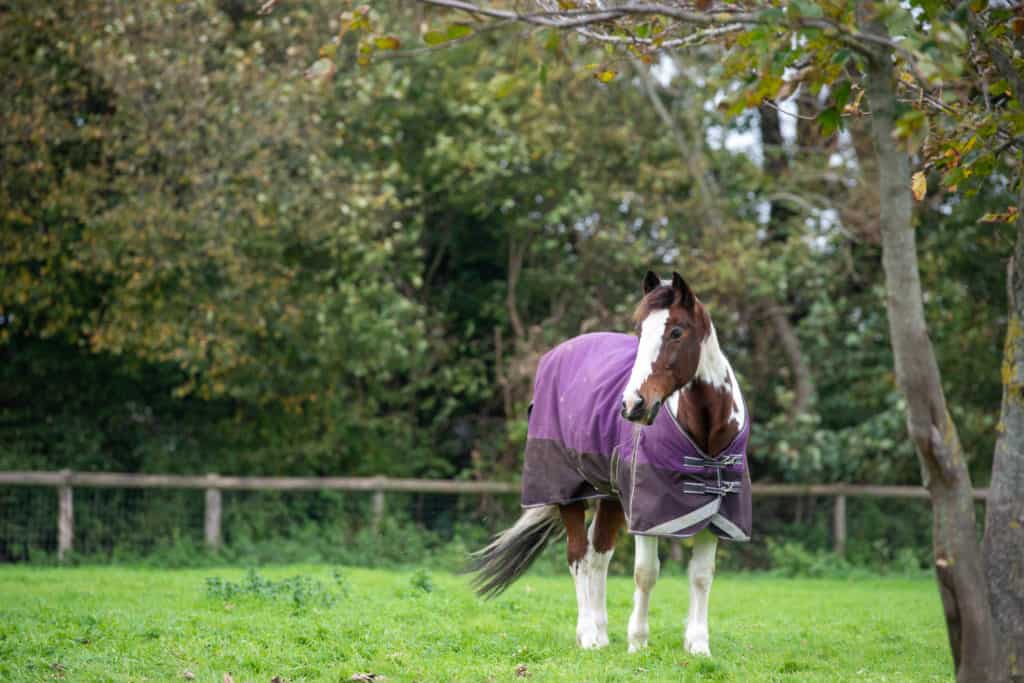
How much do you know about caring for barefoot ponies?
Had a go at our barefoot quiz? Find out more about caring for barefoot ponies and why you got the answers you did right here!
Dodger…
- Ask a qualified nutritionist to assess his diet to make sure it’s balanced and has all the nutrients he needs? (yes/tick)
Checking your pony’s diet is the first place to start. If he’s getting sufficient levels of the correct vitamins and minerals needed to support healthy hoof growth, his hooves will stay strong.
- Wait until the spring to take his shoes off because ponies struggle barefoot in the winter? (no/cross)
There’s no perfect time to take off his shoes, but he’s likely to find the transition easier in winter when the ground is softer than spring and summer. This is because harder ground might be rutted or stoney, which he may feel more sensitive to when his shoes are first removed.
- Take his shoes off at the end of his shoeing cycle when he’ll have more hoof to support him? (yes/tick)
Waiting until the end of his shoeing cycle is a good idea because it means he’ll have more hoof growth. Working barefoot wears away your pony’s hooves, and shod ponies tend to be trimmed shorter than barefoot ponies, so avoid taking off his shoes off a week or two after he’s been shod because he won’t have much hoof to wear down.
- Put hoof boots on him for hacks on stoney ground? (yes/tick)
Riding on stoney, sandy or rough surfaces, or the road, will cause his hooves to wear down quicker, compared to riding on grass. Using hoof boots will help to protect his hooves from the extra wear and tear.
- Ask the farrier whether a hoof dressing could help him grown healthier horn? (yes/tick)
There are lots of different hoof dressings you can buy that might help your pony when he goes barefoot. Some will help dry, cracked hooves while others will strengthen his hoof wall and support sensitive soles. Your farrier knows your pony’s hooves and can recommend the best type of product for him.
- Tell the farrier that he shouldn’t go barefoot? (no/cross)
A qualified farrier will do what’s best for your pony and if he was concerned about him going barefoot, he wouldn’t suggest it. If you’re worried, ask him plenty of questions and do some research first. Remember, you can always put shoes back on – it doesn’t have to be a permanent decision!
Annie…
- Insist she has a set of shoes on to protect her feet? (no/cross)
Lots of ponies, and horses, work happily without shoes – even competing to high levels.
- Add feed balancer to her ration to make sure she’s getting all the vital vitamins and minerals that support hoof growth? (yes/tick)
Anything you can do to help your pony grow strong hooves is a good idea – but remember it will take at least six months to see the benefit of any changes you make to your pony’s diet.
- Get her seen by the farrier more often so he can monitor her hooves carefully? (yes/tick)
This is a great idea to ensure your pony is managing the transition well. They’ll be able to spot any issues before they become problems and advise you, too.
- Not worry about her feet because she’s retired? (no/cross)
Whether or not your pony is ridden, having comfortable hooves is essential – if her feet are in poor shape it could lead to discomfort and affect her quality of life.
- Look out for wet ground and mud, and bring her into the stable if the ground gets really wet to protect her hooves? (yes/tick)
If your fields are super boggy in winter, it can soften the horn, which for some ponies makes them more likely to develop an abscess or thrush. You don’t need a stable, though – just a dry area she can stand (for example hardstanding in the field or on the yard).
Woody…
- Get him some hoof boots for roadwork and hard or rutted ground? (yes/tick)
Hoof boots are a brilliant way to give your pony some extra, temporary support especially if the ground conditions aren’t ideal.
- Ask your farrier to recommend you a hoof dressing? (yes/tick)
Some dressings need applying daily while others are just once a week. Your farrier will help you work out the best option for you and your pony, depending on his hoof type.
- Ride on a variety of surfaces to get his feet used to it, but take care not to overdo it? (yes/tick)
If you only ride your barefoot pony on soft surfaces, he may struggle more when you have to ride or lead him on a stoney surface. Mixing it up will help his feet to stay strong and healthy.
- Keep his shoes on so you can put studs in if you need to? (no/cross)
Ponies naturally have amazing grip when they’re barefoot. Horses have evented to a really high level barefoot, without needing studs for cross-country!
- Check his diet and make sure he’s getting everything he needs, asking a nutritionist for help if you need it?(yes/tick)
Did you know that if you’re not feeding your pony the recommended amount of a feed, he won’t be getting all the vits and mins he needs? A nutritionist will be able to advise you on how to ensure he has a balanced diet.
- Watch out for wet or muddy ground that could damage the hoof horn? (yes/tick)
If your pony’s left standing in wet or muddy ground for a long period of time, his hooves may soften, which can make them weaker.


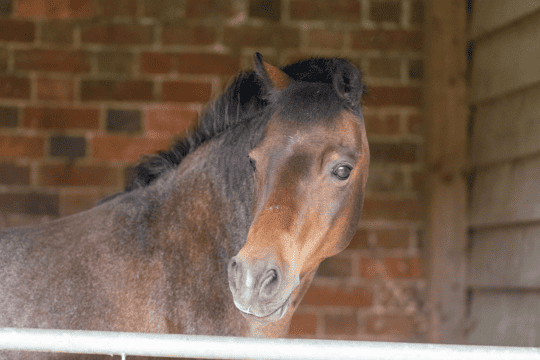
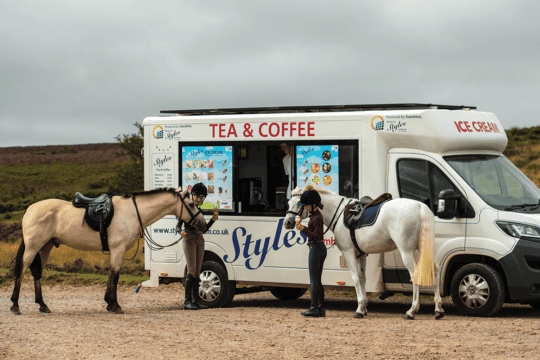




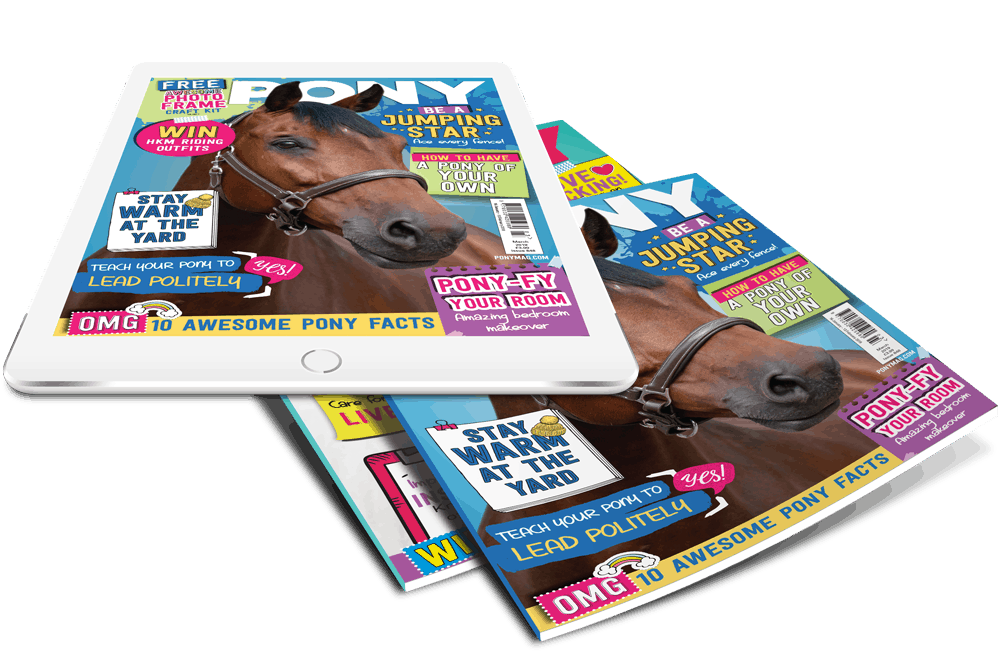



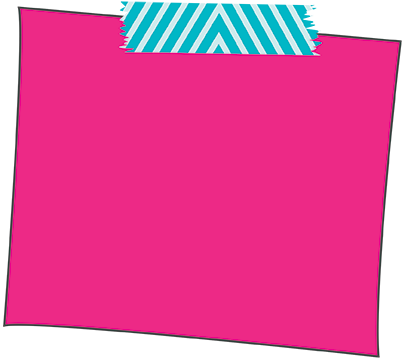







Leave a Reply
You must be logged in to post a comment.